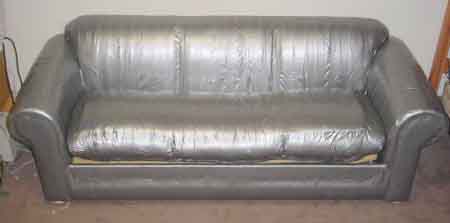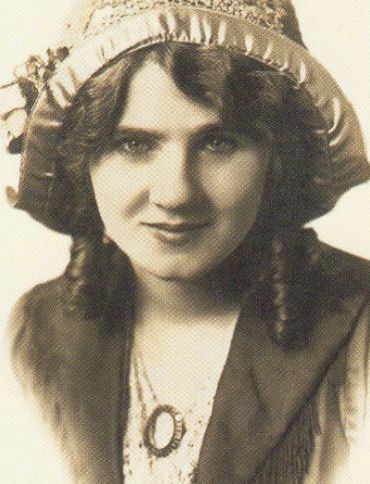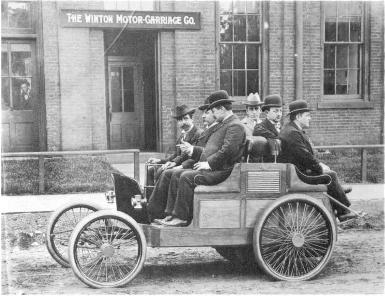The following is a letter to DMV written September 9, 2004
Bonnie Rutledge
Agency of Transportation
Department of Motor Vehicles
120 State St
Montpelier, VT 05603-0001
Dear Ms Rutledge:
I am writing about the law that prohibits a vanity plate from containing more than 2 numbers. I would really like a good explanation of why this law is in affect.
My request stems from bitter disappointment that I was unable to purchase a vanity plate that I recently applied for – 80 HONDA – for my 1980 Prelude.
Even more disappointing is the fact that I will be unable to purchase the plate that is even closer to my heart – 65 HONDA – for my very rare 1965 Honda S600.
This plate – 65 HONDA – is used across the country by members of our club – the Honda Sports Registry. The plate is registered in New York to Brian Baker, in Maryland to John Deets, in Indiana to Ron Zarro and in California to Scott King. All these plates are on 1965 Honda S600s.
For four years now (ever since I bought my S600 and began restoring it) I have looked forward to the day when I could join the “club” and have my very own 65 HONDA license plates.
People applying for classic Honda plates are probably pretty rare but what about the Ford enthusiasts? This law applies to them to. There must be some very upset Ford owners out there who would love to have a plate like 49 FORD.
I think the “no more than 2 numbers” law needs to be reconsidered. The antique car club I belong to in Vermont – the Vermont Auto Enthusiasts – recently got a new law passed that applies to 1940 and older vehicles and the frequency of their inspection. Perhaps the removal of the “2 numbers per plate” law should be our next consideration for legislation.
Thank you very much for your time.
Ellen Emerson













